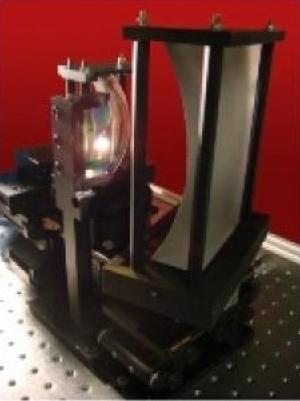Researchers and industrialists have just announced the development of a sophisticated device that can act as “pollution radar” over the Earth’s cities. A team from Surrey Satellite Technology Ltd., the University of Leicester, and EADS Astrium has developed a technology that can be placed on satellites to provide environmental monitoring from space including details on gases in various parts of Earth’s atmosphere. The Compact Air Quality Spectrometer (CompAQS) is an imaging spectrometer operating in the ultra violet and visible (U/V/VIS) parts of the spectrum, with a number of potential applications on satellite platforms. The technology is now being adapted to the CityScan project that will allow the quality of air to be monitored across physically large urban and industrial areas. According to team member Prof. Paul Monks of the University of Leicester, “There is now overwhelming consensus that poor air quality impacts on human health. The World Health Organization has estimated that 2.4 million people die each year from causes directly attributable to air pollution.” Two new CompAQS systems will be constructed during 2009. These instruments will operate in the visible wavelength region to enable virtually real-time 3D maps of atmospheric gases to be constructed with five-minute time resolution. This accomplishment is achieved by the simultaneous analysis of scattered solar UV/visible radiation from multiple instruments and multi-viewing geometries to obtain an unprecedented level of information on the dynamics and composition of the urban environment.For more details, view the press release on the University of Leicester website.
Measuring Urban Smog






